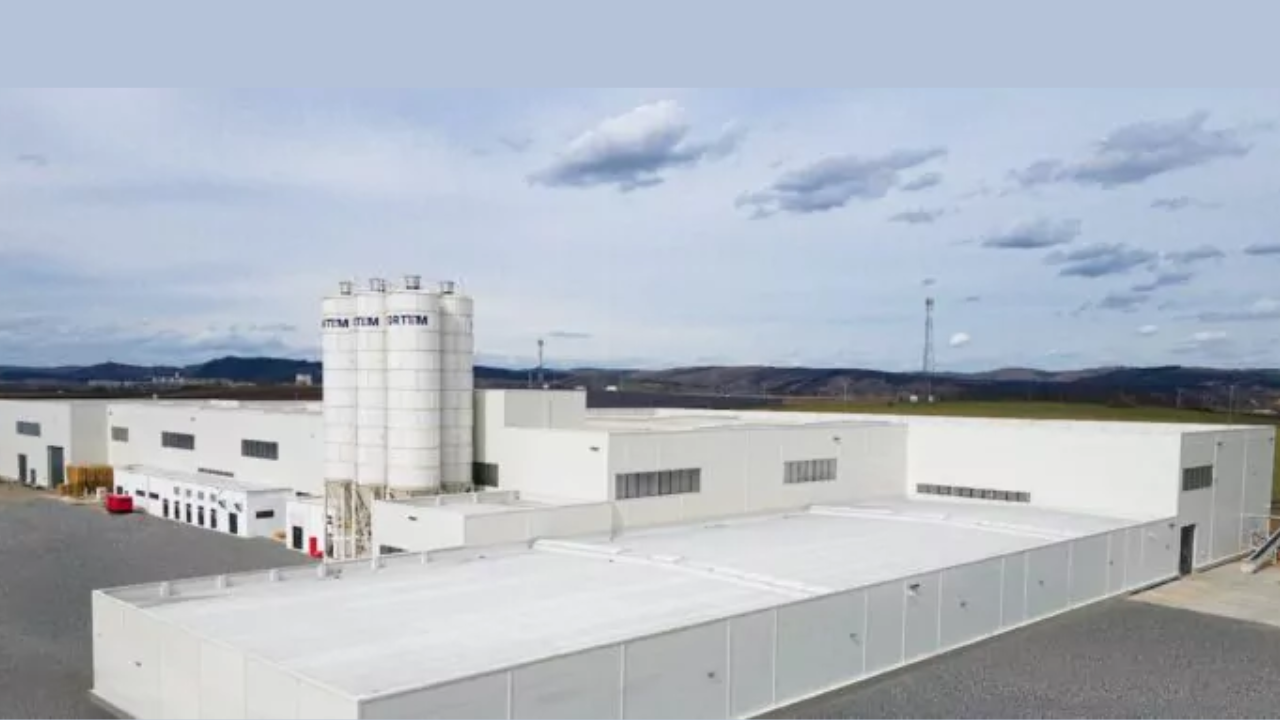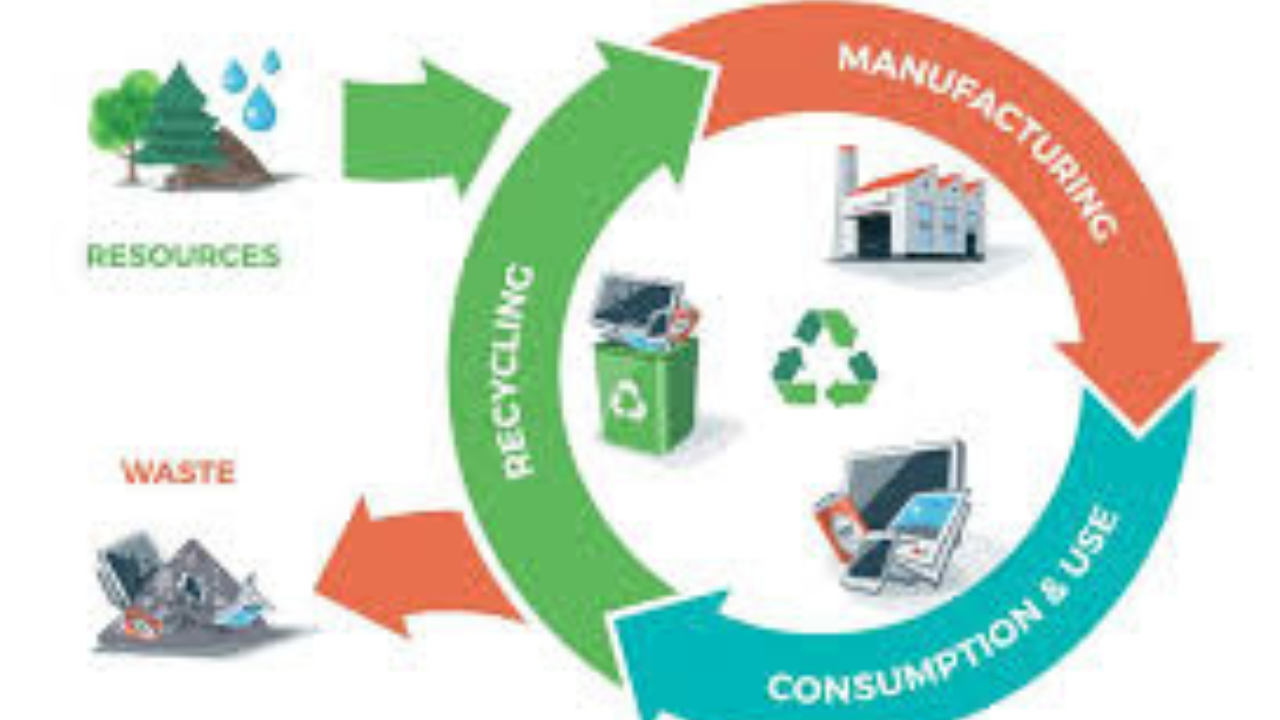The construction industry stands at a critical crossroads. With mounting pressure to reduce environmental impact, improve energy efficiency, enhance safety, and accelerate building timelines, the search for innovative, sustainable building materials has never been more urgent. Traditional methods, often reliant on resource-intensive materials like solid concrete or clay brick, struggle to meet these multifaceted demands. Enter beton celular autoclavizat (Autoclaved Aerated Concrete, AAC), a material quietly revolutionizing how we build. Developed nearly a century ago but finding unprecedented relevance today, AAC offers a compelling blend of performance, sustainability, and practicality. This blog post delves deep into the significant advantages of using beton celular autoclavizat in modern construction projects, exploring its properties, benefits, applications, and why it represents a smart choice for the future.
What is Beton Celular Autoclavizat?
Understanding the core of this material is essential. Beton celular autoclavizat is a precast, lightweight, cellular concrete building material. Its unique structure is created through a chemical reaction involving finely ground sand (or fly ash), cement, lime, water, and a small amount of aluminum powder. The aluminum acts as a raising agent, reacting with the calcium hydroxide and water to produce millions of microscopic hydrogen bubbles. This creates a highly porous, yet remarkably uniform, cellular structure throughout the material. The freshly formed blocks or panels are then precisely cut and placed into large autoclaves – high-pressure steam chambers. Here, under controlled heat and pressure (typically around 190°C and 10-12 bar for 8-12 hours), a final curing process occurs. This autoclaving triggers the formation of a stable crystalline structure called Tobermorite, which gives beton celular autoclavizat its exceptional strength, dimensional stability, and durability. The result is a material that is significantly lighter than traditional concrete but possesses excellent insulating and fire-resistant properties.
Key Advantages of Beton Celular Autoclavizat
- Exceptional Thermal Insulation The defining feature of beton celular autoclavizat is its outstanding thermal performance. The millions of tiny, sealed air pockets trapped within its structure create a highly effective thermal barrier. Buildings constructed with AAC walls exhibit significantly reduced heat loss in winter and minimized heat gain in summer. This translates directly to:
- Substantial Energy Savings: Dramatically lower heating and cooling costs throughout the building’s lifetime, often meeting or exceeding stringent energy efficiency standards (like Passivhaus) with minimal additional insulation.
- Enhanced Comfort: Elimination of cold spots and drafts, maintaining more consistent and comfortable indoor temperatures year-round.
- Reduced HVAC Loads: Smaller, less powerful heating and cooling systems can be installed, lowering upfront equipment costs.
- Superior Fire Resistance Safety is paramount in construction. Beton celular autoclavizat is inherently non-combustible. Being a mineral-based product formed under high pressure and temperature, it offers exceptional fire resistance. AAC walls can typically provide fire ratings of 2 to 6 hours (depending on thickness) without any additional fireproofing measures. This characteristic:
- Protects Lives and Property: Significantly delays the spread of fire, providing crucial time for evacuation and firefighting.
- Reduces Fire Damage: Minimizes structural damage in the event of a fire.
- Lowers Insurance Premiums: Enhanced fire safety can often lead to reduced building insurance costs.
- Excellent Acoustic Insulation The porous structure of AAC is also highly effective at absorbing sound energy. This makes it an excellent material for controlling noise transmission between rooms, apartments, and from outside environments. Benefits include:
- Improved Privacy: Enhanced sound separation in residential, healthcare, educational, and office buildings.
- Noise Pollution Reduction: Effective barrier against traffic, industrial, or neighborhood noise.
- Acoustic Comfort: Creates quieter, more peaceful living and working environments.
- Structural Integrity and Lightweight Nature Despite its lightweight (typically about 1/4 to 1/5 the weight of traditional concrete), beton celular autoclavizat possesses considerable compressive strength, making it suitable for load-bearing walls in multi-story buildings (subject to engineering design). Its lightweight nature offers profound advantages:
- Reduced Structural Loads: Less weight on foundations and supporting structures, allowing for simpler, more economical foundation designs.
- Faster Construction: Easier and quicker handling, cutting, and installation compared to heavier materials like concrete blocks or bricks.
- Easier Transportation: Lower transportation costs and reduced fuel consumption per unit volume delivered.
- Seismic Resilience: Lower mass means reduced inertial forces during earthquakes, potentially enhancing building performance in seismic zones.
- Workability and Precision AAC elements (blocks, panels, lintels) are manufactured to extremely precise dimensional tolerances using state-of-the-art cutting technology. This precision, combined with the material’s workability, streamlines construction:
- Thin-Joint Mortar: Allows for very thin (1-3mm) mortar joints, minimizing thermal bridges and accelerating bricklaying.
- Easy Cutting and Shaping: Can be easily cut, drilled, routed, and chased on-site using standard woodworking tools for electrical conduits, plumbing pipes, and custom fittings.
- Reduced Waste: Precise dimensions and easy adjustability lead to minimal material waste on-site.
- Smooth Surface: Provides an excellent, flat substrate for direct application of plasters or renders.
- Sustainability and Environmental Benefits
In an era demanding eco-conscious choices, beton celular autoclavizat stands out:
- Reduced Raw Material Consumption: Uses significantly less raw material (especially cement and aggregate) per volume than traditional concrete.
- Incorporation of Industrial By-Products: Often utilizes fly ash (a waste product from coal-fired power plants) as a partial sand replacement, diverting waste from landfills.
- Energy Efficiency in Use: The primary environmental benefit comes from the drastic reduction in operational energy consumption over the building’s lifetime due to its superior insulation.
- Lower Embodied Energy: While production requires energy (especially autoclaving), studies often show competitive or favorable embodied energy compared to traditional masonry, especially when considering the avoided operational energy.
- Durability and Longevity: Long service life reduces the need for replacement and associated resource consumption.
- Recyclability: AAC waste can often be crushed and recycled as aggregate in road sub-base or backfill, or even reprocessed into new AAC.
- Cost-Effectiveness (Life Cycle Perspective) While the upfront material cost per unit might sometimes be higher than basic concrete blocks, the total project and life-cycle cost advantages of beton celular autoclavizat are compelling:
- Faster Construction: Reduced labor costs and shorter project timelines.
- Simplified Foundations: Savings on foundation design and materials due to reduced weight.
- Reduced HVAC Costs: Smaller, less expensive heating and cooling systems.
- Lower Energy Bills: Significant, ongoing operational savings.
- Less Waste Disposal: Reduced costs for site waste removal.
- Reduced Plaster Requirements: Smoother surfaces often require less finishing material.
Practical Applications and Use Cases
Beton celular autoclavizat is incredibly versatile, finding application across numerous building types:
- Residential Construction: Ideal for single-family homes, townhouses, apartment blocks (both load-bearing and infill walls), offering energy efficiency, fire safety, and acoustic privacy. Its workability makes it suitable for complex designs.
- Commercial Buildings: Offices, retail spaces, hotels benefit from fast construction, excellent fire ratings (critical for compartmentalization), and good acoustic separation between units or offices.
- Industrial Buildings: Used for internal partitions, firewalls, and cladding systems in factories and warehouses, leveraging fire resistance and thermal properties.
- Educational and Healthcare Facilities: Schools, universities, hospitals, and clinics utilize AAC for its fire safety, acoustic performance (creating quiet learning/healing environments), and hygienic, easy-to-clean surfaces.
- Renovation and Extension Projects: Its lightweight nature makes it perfect for adding floors to existing structures or building partition walls without overloading foundations.
Case Study: Speed and Efficiency in Action
Consider a mid-rise apartment building project. Using traditional concrete block construction, the wall erection phase might take several weeks per floor. Switching to large-format beton celular autoclavizat panels, installed with crane assistance and thin-bed mortar, can cut this time significantly – potentially halving the duration for the envelope phase. The precision of the panels also minimizes the need for extensive on-site adjustments and plastering, further accelerating interior finishing. This speed translates directly to earlier project completion, reduced financing costs, and faster occupancy – crucial factors in today’s market. The inherent thermal performance also means the building achieves high energy ratings with potentially simpler wall builds, avoiding complex and costly external insulation systems.
FAQs About Beton Celular Autoclavizat
- Is AAC strong enough for multi-story buildings?
Yes, absolutely. Beton celular autoclavizat is manufactured in different density classes, with higher densities offering greater compressive strength. When designed by a qualified structural engineer, AAC is routinely used for load-bearing walls in buildings up to several stories high. Reinforced AAC lintels and floor/roof panels are also available.
- How does AAC handle moisture?
AAC is a porous material and can absorb moisture if directly exposed to prolonged standing water. However, it also releases moisture readily. In standard building applications, beton celular autoclavizat is always protected by appropriate exterior finishes (renders, siding, rainscreen cladding) and interior plasters or drywall, effectively managing moisture. Proper detailing (damp-proof courses, overhangs) is essential, as with any masonry.
- Can AAC be used in cold climates?
Yes, AAC excels in cold climates precisely because of its outstanding thermal insulation properties. It significantly reduces heat loss, keeping interiors warm efficiently. In fact, its thermal performance often makes it a preferred choice for meeting strict energy codes in northern regions. Proper exterior protection against freeze-thaw cycles is still necessary.
- What kind of finishes can be applied to AAC?
AAC provides an excellent substrate for a wide range of finishes. Internally, it readily accepts gypsum plasters, lime plasters, cement-based renders, and can be directly dry-lined. Externally, mineral renders (acrylic, silicone, silicate), paint systems specifically designed for mineral substrates, and various cladding systems (brick slips, timber, metal, ventilated facades) are all compatible. A keyed surface or primer is often recommended for optimal adhesion.
Conclusion:
The evidence is compelling. Beton celular autoclavizat is far more than just another building block; it represents a holistic solution for the multifaceted challenges of 21st-century construction. Its unique combination of thermal insulation, fire resistance, acoustic performance, structural capability, lightweight nature, workability, and environmental credentials makes it a standout choice for architects, engineers, builders, and developers alike.
From enabling faster project delivery and reducing construction costs to creating energy-efficient, comfortable, safe, and durable buildings, the advantages of beton celular autoclavizat are transforming how we approach construction globally. As building codes become increasingly stringent, particularly concerning energy efficiency and fire safety, and as the demand for sustainable practices intensifies, AAC is positioned not just as an alternative, but as a leading material for the future.






